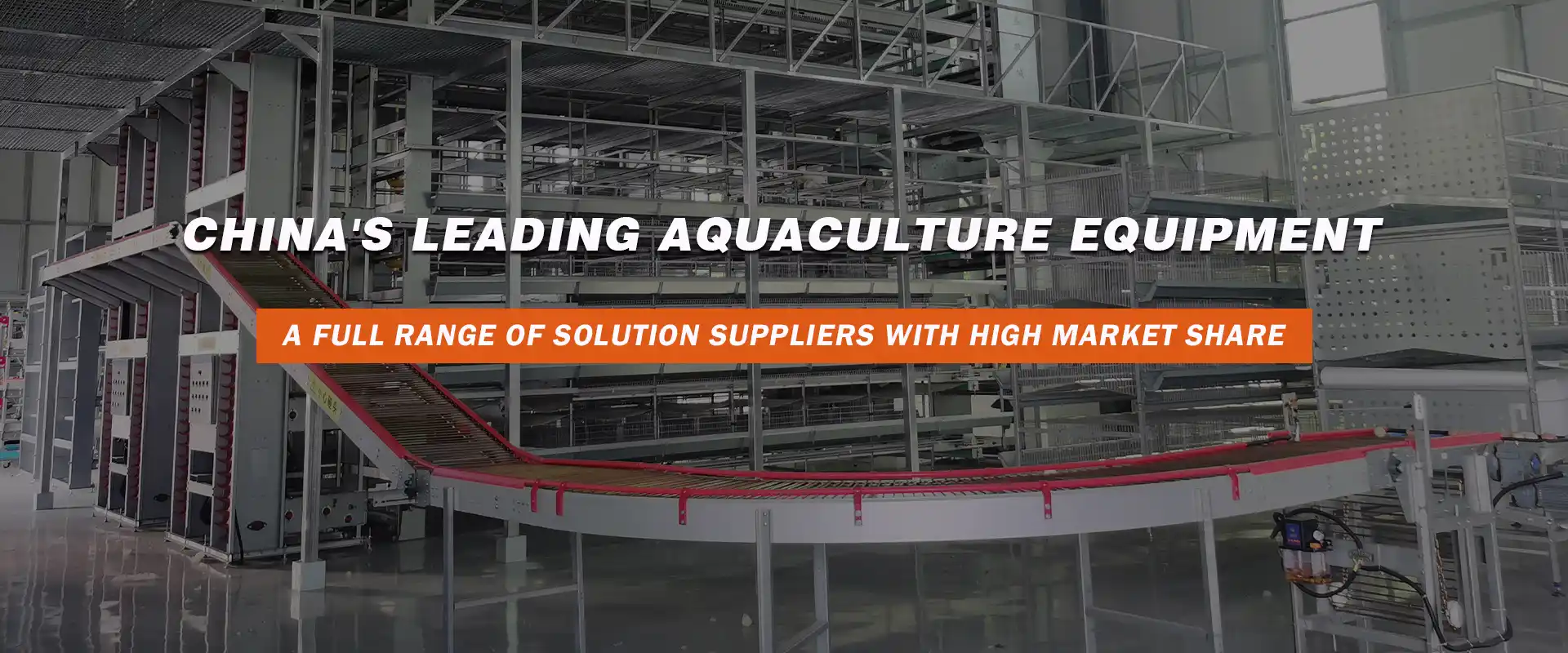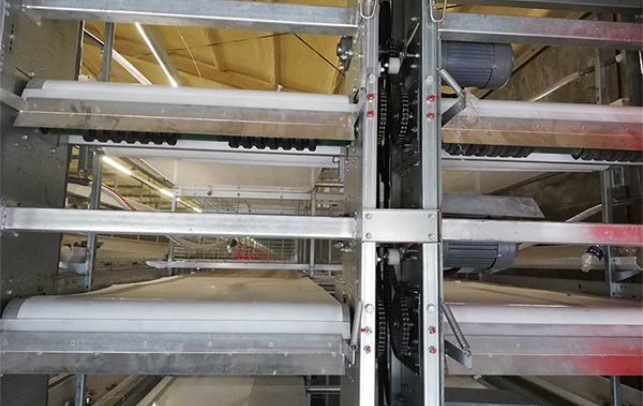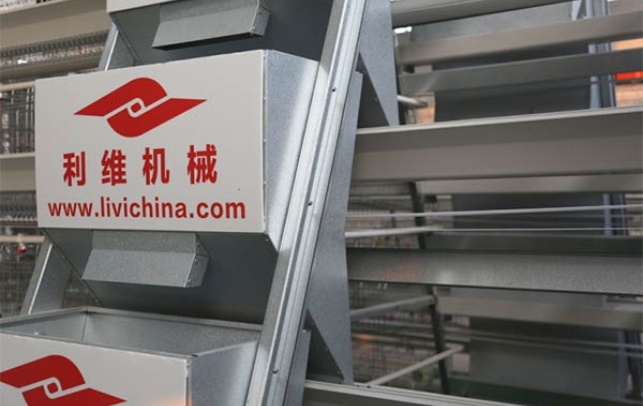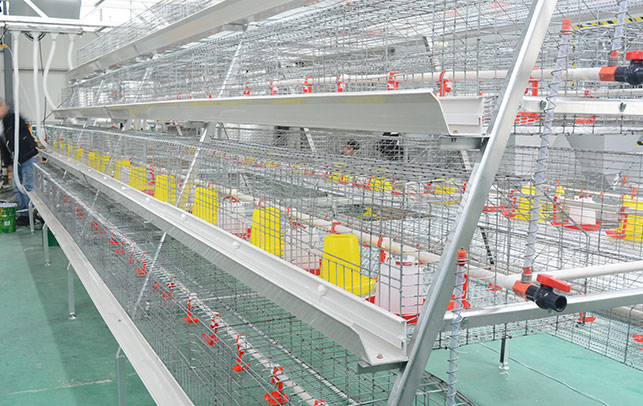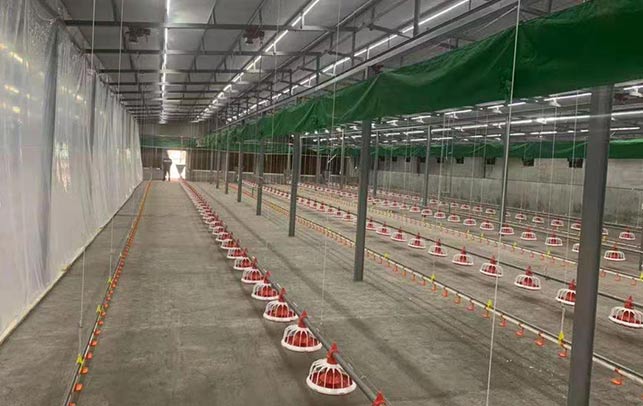50000 Chicken Layer Farm Technology: A Comprehensive Guide
Time : 2025-03-26
In the rapidly evolving agricultural sector, technology plays a pivotal role in optimizing production and efficiency. With the growing demand for poultry products, especially chicken layers, understanding the latest farming technology is crucial for farmers and industry professionals alike. This article delves into the cutting-edge technologies employed in a 50,000 chicken layer farm, providing insights into their benefits, challenges, and the future of chicken layer farming.
Introduction to Chicken Layer Farming
Chicken layer farming involves the rearing of hens for the purpose of egg production. This sector is vital for food security and economic stability in many countries. The success of a chicken layer farm depends on several factors, including the right environment, nutrition, health management, and, of course, the application of modern farming technology.
The 50,000 Chicken Layer Farm: A Closer Look
A 50,000 chicken layer farm is a large-scale operation that requires careful planning and implementation of advanced technologies. This section explores the key technologies used in such farms.
1. Climate Control Systems
Climate control is essential for maintaining the optimal environment for chicken layers. Advanced ventilation systems, automated heating and cooling units, and humidity control mechanisms are vital in ensuring that the birds are comfortable and productive.
2. Automatic Feeding Systems
Automatic feeding systems have revolutionized the chicken layer farming industry. These systems provide precise and consistent nutrition to the birds, which leads to improved egg quality and production. The technology also allows for efficient feed management, reducing waste and cost.
3. Water Supply and Filtration
Clean and safe water is critical for the health and well-being of chicken layers. Automated water supply systems and advanced filtration technologies ensure that the birds have access to high-quality water throughout their laying period.
4. Egg Collection and Handling
Egg collection is a delicate process that requires precision and speed. Modern farms employ automated egg collection systems that minimize the risk of breakage and ensure a smooth flow of eggs from the farm to the processing facilities.
5. Health Management and Biosecurity
The health of chicken layers is a top priority in large-scale farms. Advanced health management systems, including vaccination protocols, regular health checks, and biosecurity measures, are vital in preventing diseases and maintaining the overall health of the flock.
Benefits of Implementing Advanced Farming Technology
The integration of advanced farming technology in a 50,000 chicken layer farm offers several benefits:
1. Increased Productivity
Modern farming technologies allow for precise control of the farm environment, nutrition, and health management. This leads to higher egg production and improved egg quality.
2. Reduced Costs
Efficient use of resources, such as feed and water, reduces the overall cost of production. Additionally, automated systems can help in reducing labor costs and improving the farm’s bottom line.
3. Enhanced Animal Welfare
By creating a comfortable and healthy environment for chicken layers, farmers can ensure better animal welfare. This, in turn, contributes to increased productivity and reduced mortality rates.
4. Environmental Sustainability
Advanced farming technologies promote environmental sustainability by reducing waste, minimizing the use of water and energy, and reducing the carbon footprint of the farm.
Challenges and Future Outlook
While the adoption of advanced farming technology in chicken layer farms offers numerous benefits, it also presents certain challenges:
1. High Initial Investment Costs
Implementing modern technologies requires a significant investment, which may be a barrier for small-scale farmers.
2. Technological Maintenance and Upgrades
Maintaining and upgrading technology can be costly and time-consuming.
3. Skilled Labor Requirements
Operating and managing advanced farming technologies requires skilled labor, which may be difficult to find in some regions.
Despite these challenges, the future of chicken layer farming looks promising. Continuous advancements in technology, coupled with increasing global demand for poultry products, are expected to drive the adoption of modern farming practices.
Conclusion
In conclusion, a 50,000 chicken layer farm requires the integration of advanced farming technologies to achieve optimal productivity and sustainability. By focusing on climate control, automatic feeding systems, water supply, egg collection, and health management, farmers can ensure the success of their operations. As the industry continues to evolve, the adoption of modern technologies will become even more crucial in meeting the global demand for poultry products.




